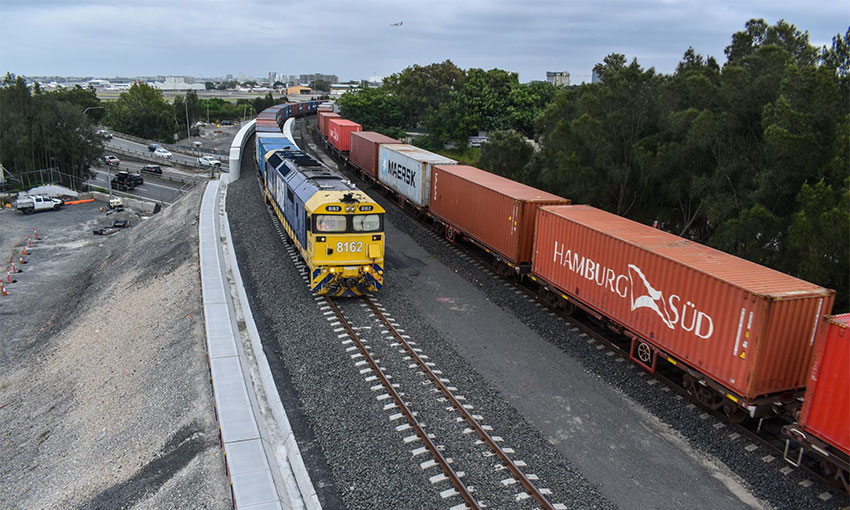THE way that Australia’s interstate rail network is regulated is under review and the Australian Competition and Consumer Commission has today released an issues paper calling for input from businesses that rely on the network.
The interstate rail network runs across five states, extending from Kalgoorlie in Western Australia to Acacia Ridge in southern Brisbane, via South Australia, Victoria and New South Wales. It is used by general freight services in the manufactured goods sector, bulk freight services in the mining and agricultural sectors, and long distance and regional passenger services.
The Australian Rail Track Corporation (ARTC), a government-owned company, manages and provides access to the network. The ACCC accepted the current regulatory settings for the interstate rail network in 2008, and they are due to expire in 2023.
The ACCC is seeking users’ views on the need to regulate the network based on the level of competition it currently faces. The ACCC also wants to understand how future market and policy changes may impact the need to regulate.
“The interstate rail network is a critical piece of national infrastructure and we are taking a fresh look at whether and how it should be regulated,” ACCC Commissioner Anna Brakey said.
“It is important that the regulatory framework for the interstate network protects users by preventing ARTC, as a monopoly, from exercising market power. We also want to ensure the framework will be appropriate in the longer term, not just for now.”
The ACCC said it would like to hear from a wide range of stakeholders, including rail operators, freight forwarders and businesses that move freight via rail.
“This review gives us an opportunity to consider the regulatory framework from the ground up. We look forward to engaging with stakeholders across the rail freight value chain and hearing their insights,” Ms Brakey said.
Interested parties have six weeks to respond to the issues paper. The ACCC will also facilitate industry engagement during the consultation period to hear directly from stakeholders about the regulatory framework.





